Java有趣好玩的图形界面开发八个案例实现
时间:2022-11-18虽然GUI技术没有很大的市场,甚至很多初学者放弃学习GUI,但是学习GUI编程的过程对于提高编程兴趣,深入理解Java编程有很大的作用。效果图如下,加油吧!!
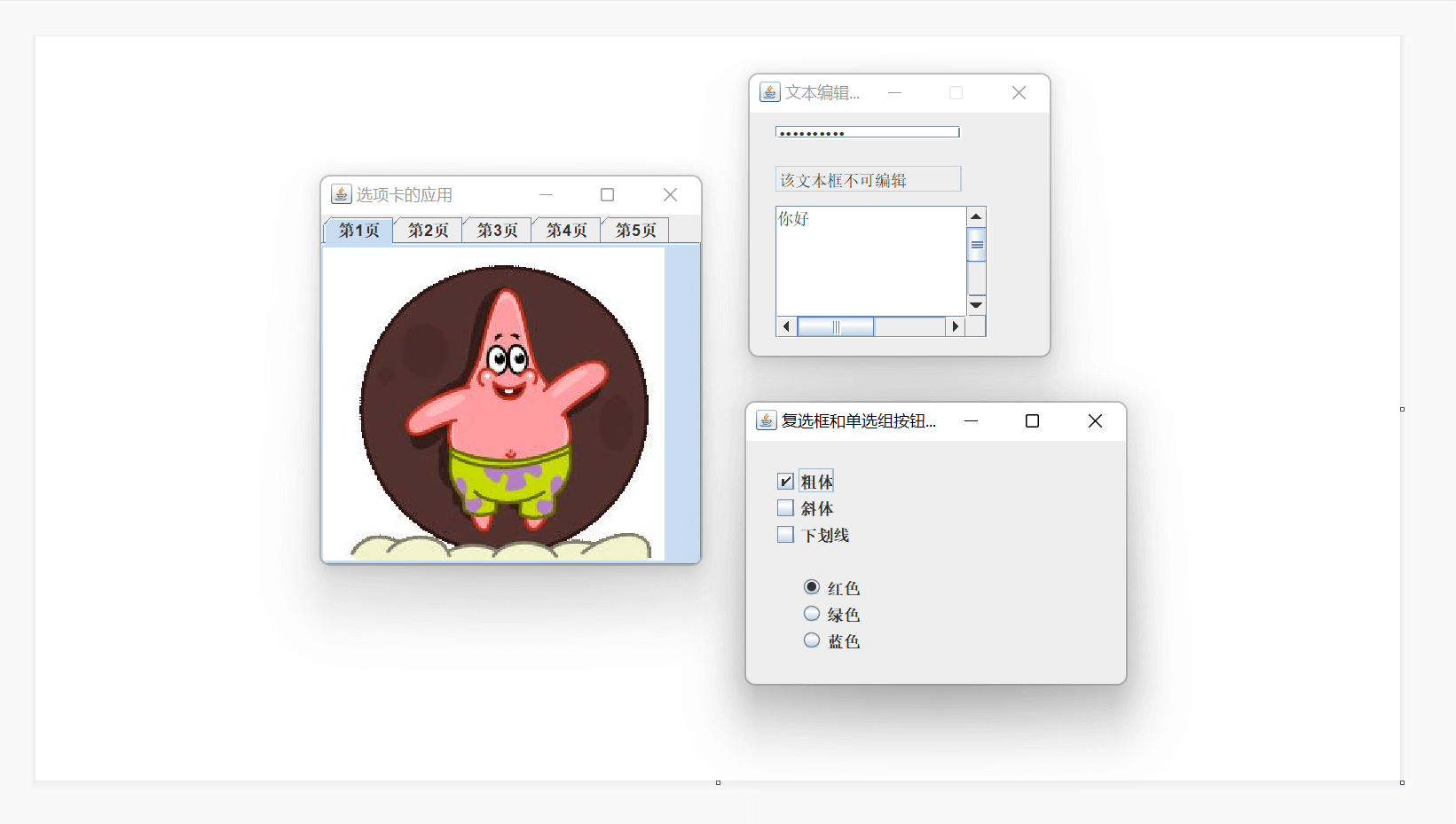
1.复选框和单选框按钮组
—在框架窗口中加入复选框和单选框按钮组
import javax.swing.*;
public class App extends JFrame{
static JFrame jFrame=new JFrame("复选框和单选组按钮选取框");
static JCheckBox jCheckBox1=new JCheckBox("粗体",true);
static JCheckBox jCheckBox2=new JCheckBox("斜体");
static JCheckBox jCheckBox3=new JCheckBox("下划线");
static JRadioButton jRadioButton1=new JRadioButton("红色",true);
static JRadioButton jRadioButton2=new JRadioButton("绿色",true);
static JRadioButton jRadioButton3=new JRadioButton("蓝色");
public static void main(String[] args) {
ButtonGroup buttonGroup=new ButtonGroup();
jFrame.setLocation(200,150);
jFrame.setSize(300,220);
jFrame.setLayout(null);
jCheckBox1.setBounds(20,20,50,20);
jCheckBox2.setBounds(20,40,50,20);
jCheckBox3.setBounds(20,60,70,20);
jRadioButton1.setBounds(40,100,50,20);
jRadioButton2.setBounds(40,120,50,20);
jRadioButton3.setBounds(40,140,50,20);
jFrame.add(jCheckBox1);
jFrame.add(jCheckBox2);
jFrame.add(jCheckBox3);
buttonGroup.add(jRadioButton1);
buttonGroup.add(jRadioButton2);
buttonGroup.add(jRadioButton3);
jFrame.add(jRadioButton1);
jFrame.add(jRadioButton2);
jFrame.add(jRadioButton3);
jFrame.setDefaultCloseOperation(EXIT_ON_CLOSE);
jFrame.setVisible(true);
}
}
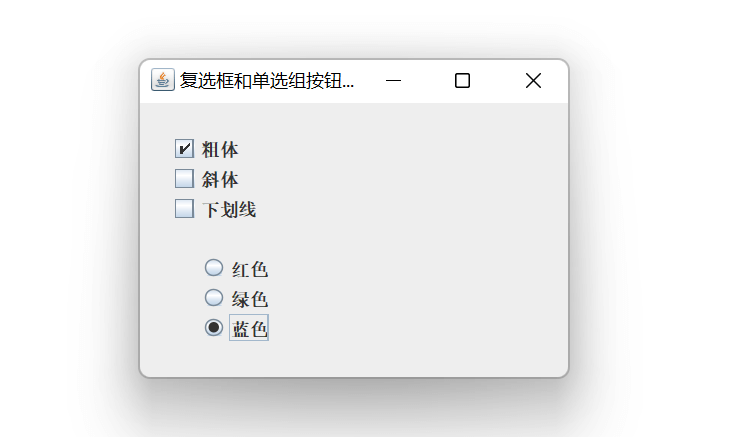
2.文本编辑组件和滚动窗格
—设置文本编辑组件和滚动窗格
import javax.swing.*;
public class App extends JFrame{
JTextField jTextField=new JTextField("该文本框不可编辑",30);
static JPasswordField jPasswordField=new JPasswordField("HelloWorld",30);
public App(String str){
super(str);
jTextField.setBounds(20,40,140,20);
jTextField.setEditable(false);
add(jTextField);
}
public static void main(String[] args) {
App jFrame=new App("文本编辑功能窗口");
JTextArea jTextArea=new JTextArea("你好",10,30);
JScrollPane jScrollPane=new JScrollPane(jTextArea);
jFrame.setLocation(200,150);
jFrame.setSize(240,220);
jFrame.setLayout(null);
jScrollPane.setBounds(20,70,160,100);
jPasswordField.setBounds(20,10,140,10);
jFrame.add(jPasswordField);
jFrame.add(jScrollPane);
char[] passWorld=jPasswordField.getPassword();
String str=new String(passWorld);
System.out.println("密码是:"+passWorld+"转换后"+str);
jFrame.setVisible(true);
jFrame.setResizable(false);
jFrame.setDefaultCloseOperation(EXIT_ON_CLOSE);
}
}
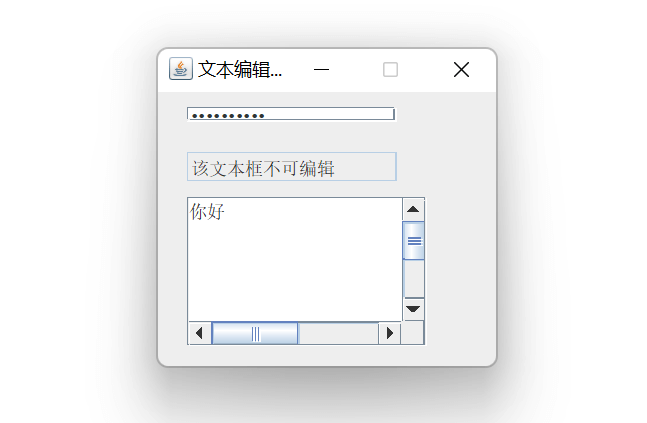
输出结果:密码是:[C@370736d9转换后HelloWorld
3.多个选项卡设置
—在窗口中放一个选项卡窗格,并在选项卡窗格中加入若干选项卡,每个选项卡中放置一个带图像的标签组件。
import javax.swing.*;
public class App extends JFrame {
public App(){
JLabel[] jLabels=new JLabel[6];
Icon pic;
String title;
for(int i=1;i<=5;i++){
pic=new ImageIcon("images\\t"+i+".png");
jLabels[i]=new JLabel();
jLabels[i].setIcon(pic);
title="第"+i+"页";
jTabbedPane.add(title,jLabels[i]);
}
this.add(jTabbedPane);
}
JTabbedPane jTabbedPane=new JTabbedPane(JTabbedPane.TOP);
public static void main(String[] args) {
App jFrame=new App();
jFrame.setTitle("选项卡的应用");
jFrame.setSize(300,300);
jFrame.setDefaultCloseOperation(EXIT_ON_CLOSE);
jFrame.setVisible(true);
}
}
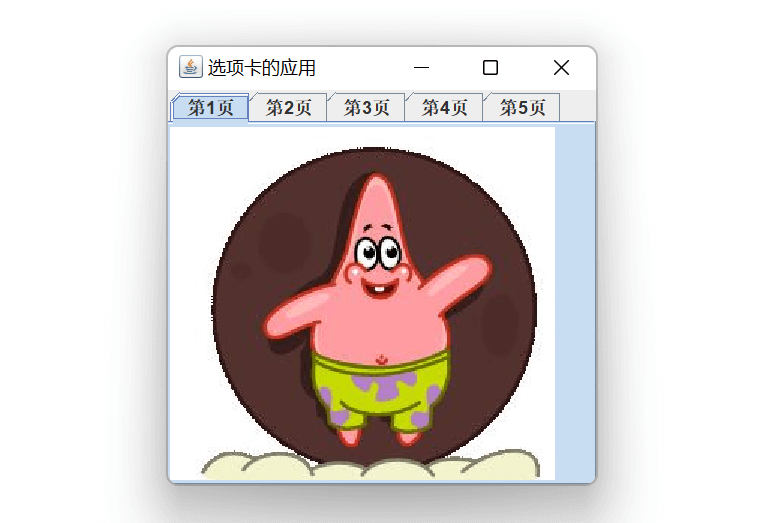
4.在框架窗口中加入面板
import javax.swing.*;
import javax.swing.border.TitledBorder;
public class App {
public static void main(String[] args) {
JFrame jFrame=new JFrame("我的框架");
jFrame.setSize(210,180);
jFrame.setLocation(500,400);
JPanel jPanel=new JPanel();
jPanel.setSize(120,90);
jPanel.setLocation(40,30);
JButton jButton=new JButton("点击我");
jButton.setSize(80,20);
jButton.setLocation(20,30);
jFrame.setLayout(null);
jPanel.setLayout(null);
jPanel.add(jButton);
jPanel.setBorder(new TitledBorder("面板区"));
jFrame.add(jPanel);
jFrame.setDefaultCloseOperation(WindowConstants.EXIT_ON_CLOSE);
jFrame.setVisible(true);
}
}
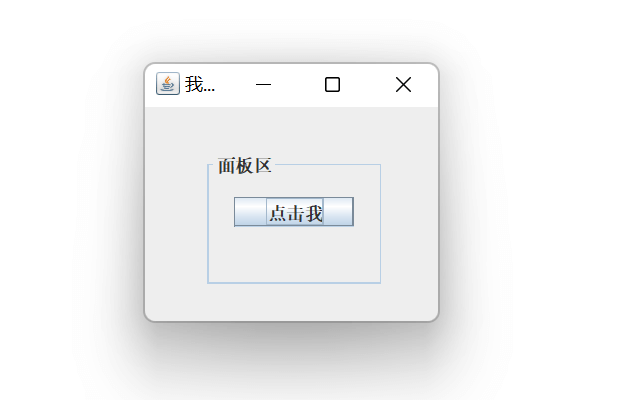
5.在窗口中加入标签
—在窗口中加入标签,并设置框架的背景色及标签上文字的颜色和字体。
import javax.swing.*;
import java.awt.*;
public class App {
public static void main(String[] args) {
JFrame jFrame=new JFrame("标签类窗口");
JLabel jLabel=new JLabel("我是一个标签",JLabel.CENTER);//创建标签类对象
jFrame.setLayout(null);//取消默认布局管理器
jFrame.setSize(300,200);//设置窗口的大小
Container c=jFrame.getContentPane();//获取内容窗格
c.setBackground(Color.CYAN);//设置窗口的背景色
jLabel.setOpaque(true);//设置标签为不透明
jLabel.setBackground(Color.RED);//设置标签的背景色
jLabel.setForeground(Color.YELLOW);//设置标签的前景色
jLabel.setLocation(80,60);
jLabel.setSize(130,30);
Font font=new Font("楷体",Font.PLAIN,20);//创建字体对象
jLabel.setFont(font);//设置标签上的字体
jFrame.add(jLabel);
jFrame.setDefaultCloseOperation(WindowConstants.EXIT_ON_CLOSE);
jFrame.setVisible(true);
}
}
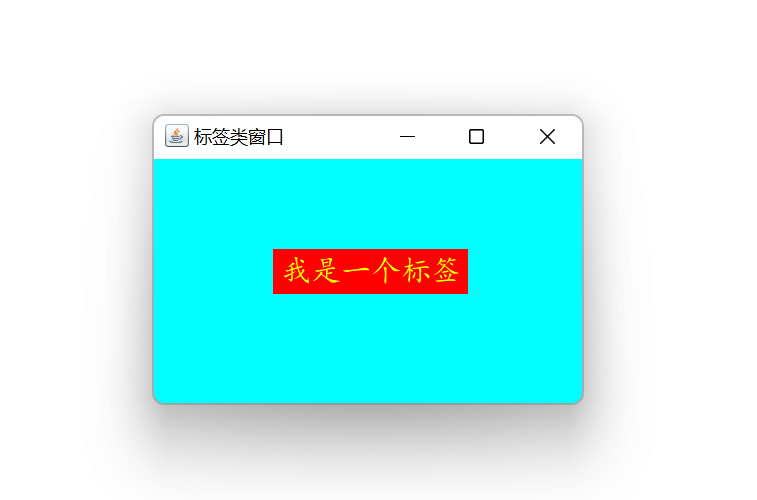
6.框架中加入指定大小的标签
—在框架中加入指定大小的标签,并设置当鼠标悬停在标签上时给出相应的提示信息。
import javax.swing.*;
import java.awt.*;
public class App {
public static void main(String[] args) {
JFrame jFrame=new JFrame("标签类窗口");
JLabel jLabel=new JLabel("我是一个标签",JLabel.CENTER);//创建标签类对象
jFrame.setLayout(null);//取消默认布局管理器
jFrame.setSize(300,200);//设置窗口的大小
Container c=jFrame.getContentPane();//获取内容窗格
c.setBackground(Color.CYAN);//设置窗口的背景色
jLabel.setOpaque(true);//设置标签为不透明
jLabel.setBackground(Color.RED);//设置标签的背景色
jLabel.setForeground(Color.YELLOW);//设置标签的前景色
jLabel.setLocation(80,60);
jLabel.setSize(130,30);
jLabel.setToolTipText("我被设置为不透明");
Font font=new Font("楷体",Font.PLAIN,20);//创建字体对象
jLabel.setFont(font);//设置标签上的字体
jFrame.add(jLabel);
jFrame.setDefaultCloseOperation(WindowConstants.EXIT_ON_CLOSE);
jFrame.setVisible(true);
}
}
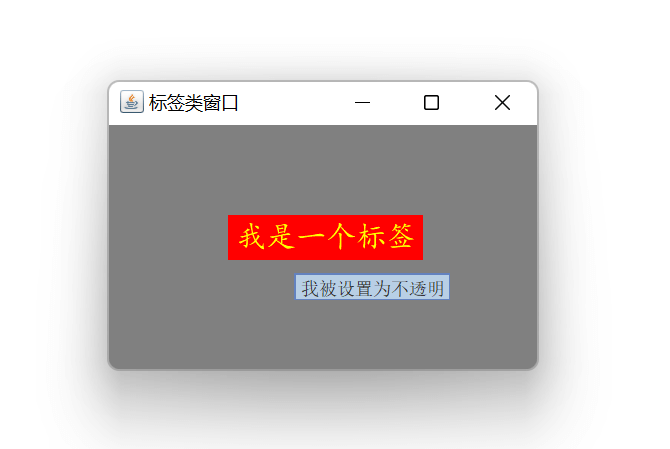
7.在框架窗口中加入按钮
import javax.swing.*;
import java.awt.*;
public class App extends JFrame {
public static void main(String[] args) {
App jFrame=new App();
jFrame.setDefaultCloseOperation(EXIT_ON_CLOSE);
ImageIcon icon=new ImageIcon("images\\java.png");
JButton jButton=new JButton();
jButton.setText("选择");
jButton.setIcon(icon);
jFrame.setLayout(null);
jFrame.setSize(200,180);
jFrame.setTitle("按钮类窗口");
jButton.setBounds(50,45,100,40);
jButton.setToolTipText("我是按钮");
jFrame.add(jButton);
jFrame.setVisible(true);
}
}
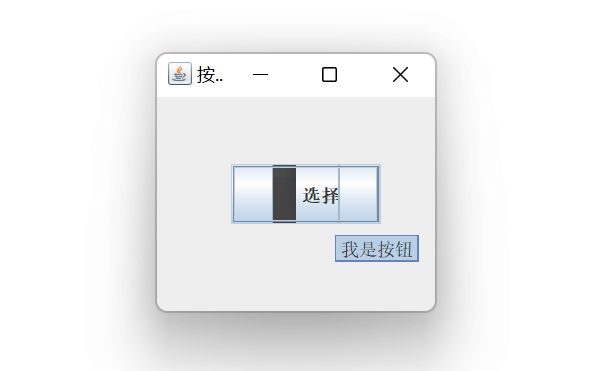
8.框架窗口的创建
import javax.swing.*;
import java.awt.*;
public class App {
static JFrame jFrame = new JFrame("这是一个Swing程序");//创建静态框架并设置标题
public static void main(String[] args) {
JLabel label = new JLabel("我是一个标签");//创建一个标签对象
jFrame.setSize(400, 300);//设置框架的大小
Image image=(new ImageIcon("images\\java.jpg")).getImage();//创建图标对象
jFrame.setIconImage(image);//设置窗口的显示图标
jFrame.setLocationRelativeTo(null);//设置窗口的位置
jFrame.add(label);//将标签对象加入到窗口中
jFrame.setDefaultCloseOperation(WindowConstants.EXIT_ON_CLOSE);//单击窗口的关闭按钮,结束程序
jFrame.setVisible(true);//设置窗口可见
}
}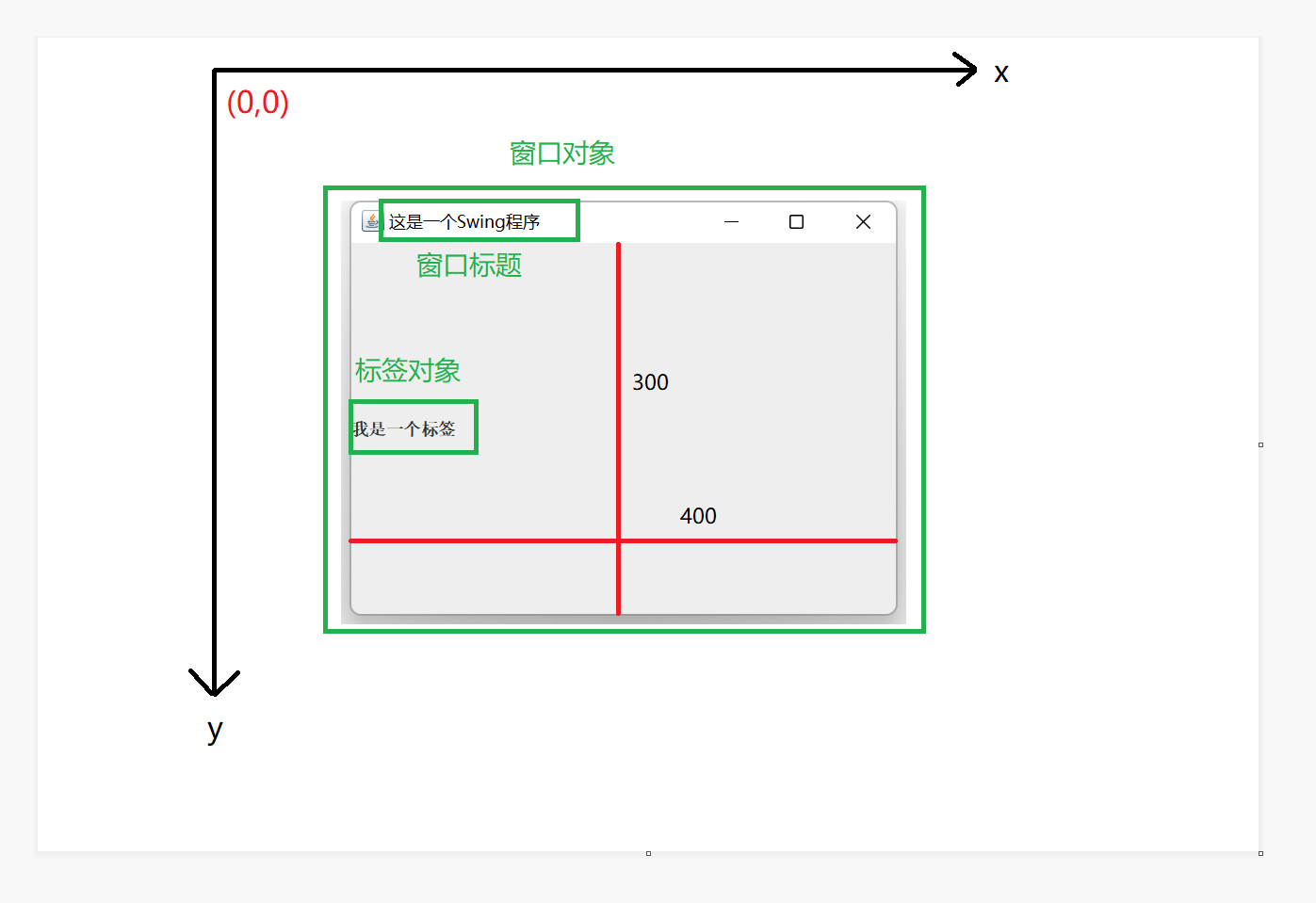
总结
- 图形用户界面是应用程序与用户交互的窗口,利用它可以接受用户的输入并向用户输出程序执行的结果。
- 图形用户界面技术(GUI)是指用图形的方式,借助菜单,按钮等标准界面元素与鼠标操作,帮助用户方便的向计算机系统发出指令,启动操作,并将计算机系统运行的结果以图形的方式显示给用户的技术。
- Java提供了两个处理图形界面的包:java.awt和javax.swing。其中javax.swing包是java.awt的扩展。
- Javax.swing包中包含组件类,事件类,接口,布局类,菜单类等,其继承关系如下:

少年没有乌托邦,心向远方自明朗。与风随行皆理想,遗憾最终皆幻想。
到此这篇关于Java有趣好玩的图形界面开发八个案例实现的文章就介绍到这了,更多相关Java图形界面内容请搜索html5模板网以前的文章希望大家以后多多支持html5模板网!
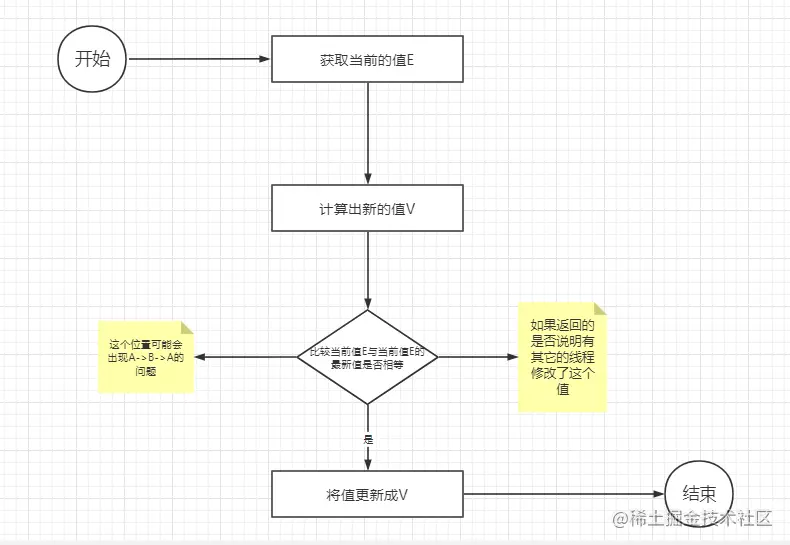 Java中synchronized锁升级的过程本文主要介绍了Java中synchronized锁升级的过程,synchronized相对于早期的synchronized做出了优化,从以前的加锁就是重量级锁优化
Java中synchronized锁升级的过程本文主要介绍了Java中synchronized锁升级的过程,synchronized相对于早期的synchronized做出了优化,从以前的加锁就是重量级锁优化